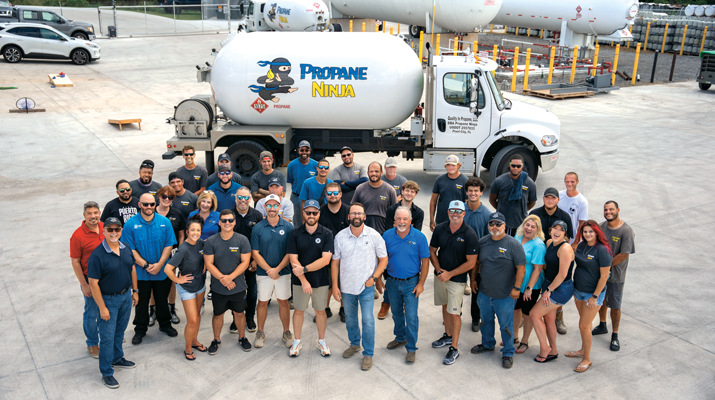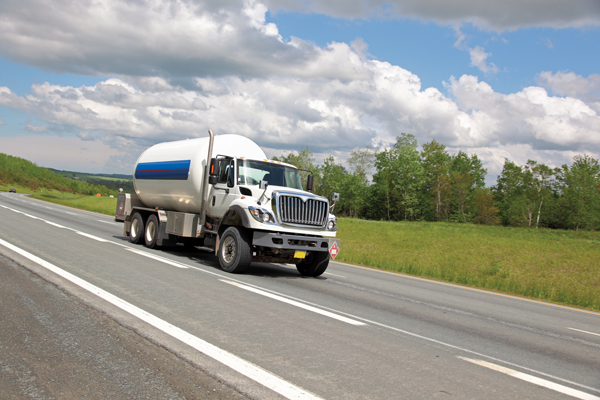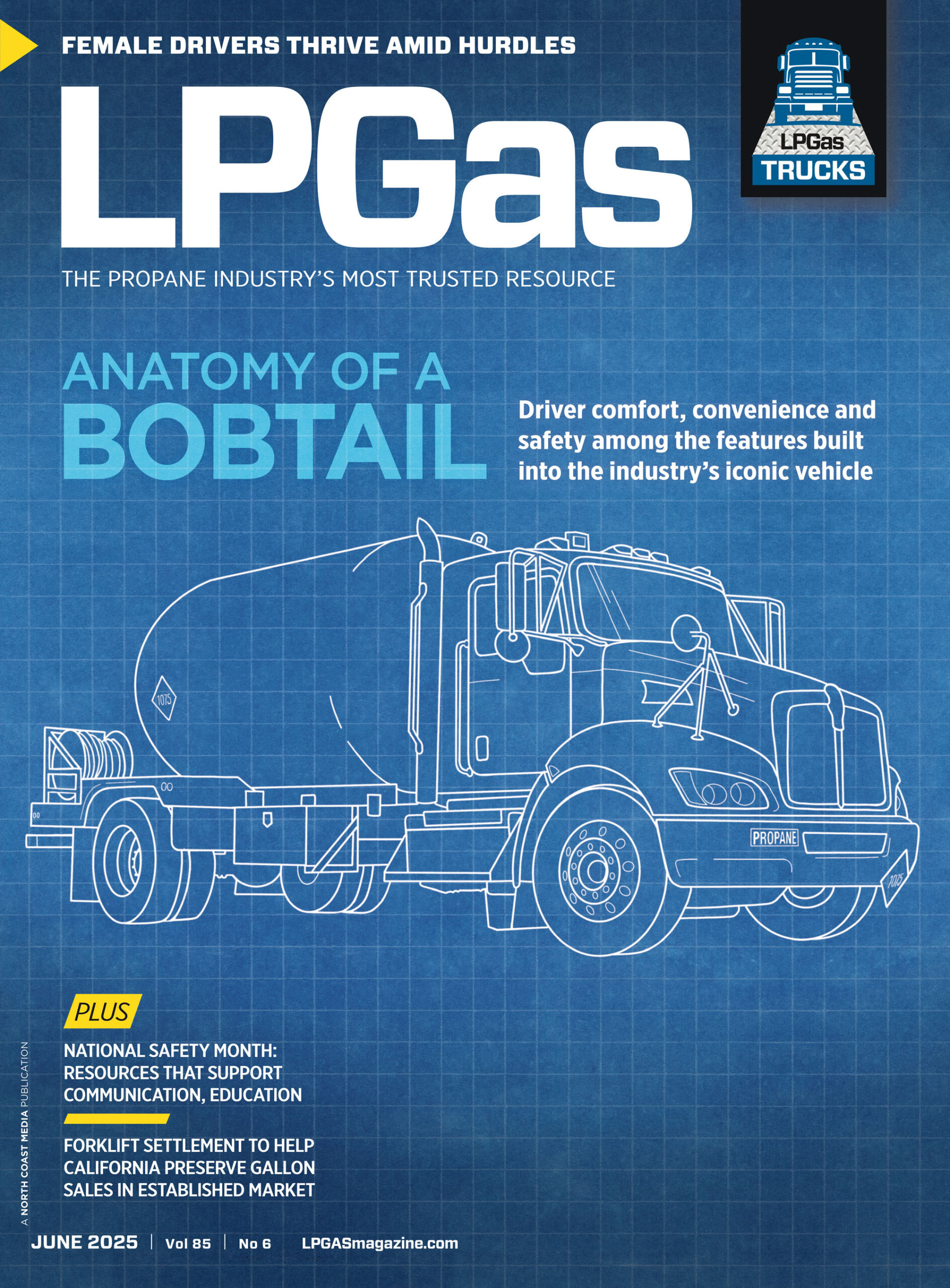Review code requirements for underground tanks
Over the years, we have seen dramatic accidents that resulted from improperly installed or maintained underground tanks and gas lines.
One of the most dramatic incidents occurred in my home state of Wisconsin in December 2006 – the Falk Corp. explosion. Two 30,000-gallon standby propane tanks were on-site at the factory that employed 1,100 people. The propane ran through underground steel piping. That piping was installed in 1988. There was cathodic protection, but it had not been checked for many years. The code recommends checking it 12 to 18 months after installation. After that time, the testing may occur at 36-month intervals.
Three hundred gallons of propane escaped from an underground pipe that had corroded. Three people died, 76 were injured and property damages exceeded $100 million.
With this in mind, I thought it would be worthwhile to look at cathodic protection – what the code requires and how we can prevent similar incidents.
Code requirements to know
The code requires that any equipment that is buried or mounded shall be made of corrosion-resistant materials that are suitable for the environment in which they are installed.
These materials and equipment shall be manufactured with a corrosion-resistant coating or have a coating applied prior to being placed into service. If cathodic protection is installed for materials and equipment, it’s required to be within ranges set in section 6.19.3.1.
Numerous sections of NFPA 58 address how to install underground tanks. These various code provisions address the need for protective coating as recommended by the manufacturer, as well as cathodic protection. The purpose of cathodic protection is to slow the corrosion of the metal surface of the tank by providing a sacrificial anode underground that draws away the low electric current so the anode corrodes instead of the underground tank.
It is important to perform periodic testing of the sacrificial anode as over time it will be consumed and fail to function. When this occurs, it will potentially subject the underground tank to an electric current that causes it to corrode. The tank coating will act to prevent corrosion of the tank metal. However, if the tank is not 100 percent coated, it will leave a “holiday.” The electric current will focus on the holiday, which maximizes the rate of failure at this point.

You should have a policy of testing the sacrificial anode annually to confirm it is doing its job. This should be noted on each account and/or a master list of any tanks that require cathodic protection.
Underground tanks are also required to be at least 6 in. below the ground in areas where there is no vehicular traffic. If the shell of a noninterchangeable underground tank is within 10 ft. of a “public vehicular thoroughfare or designated parking location,” the tank needs to be at least 18 in. below grade, or vehicular protection must be provided.
Additionally, if the underground tank is within 10 ft. of a public vehicular thoroughfare or designated parking location, it shall have vehicular barrier protection for the container’s fitting housing, hosing cover, container connections and fittings. The code also requires that the underground tank be protected from vehicular traffic. Bollards are a common tool to achieve this goal.
All of these requirements are well known to industry members. Many thousands of tanks are buried pursuant to these requirements and more.
Underground tanks at customer homes
We have seen a new legal development regarding underground tanks that are buried at customer homes. The argument has been that these tanks need to have protective barriers that you would require in commercial applications such as gas station refilling locations or industrial applications where it is anticipated that there will be regular traffic.
The argument presented is that it is foreseeable that there will be some traffic on private property. It may be in the form of a lawn mower, an all-terrain vehicle or someone off-roading while driving. Under this argument, every underground tank would need to have bollards or other protective barriers around it to prevent it from being accidentally impacted by someone using these vehicles.
This interpretation does not seem to be the intent of the code. However, if there is evidence of regular traffic around an underground tank, there must be a protective barrier around the installed tank.
John V. McCoy is with McCoy, Leavitt, Laskey LLC. His firm represents industry members nationally. He can be reached at jmccoy@MLLlaw.com or at 262-522-7007.
















